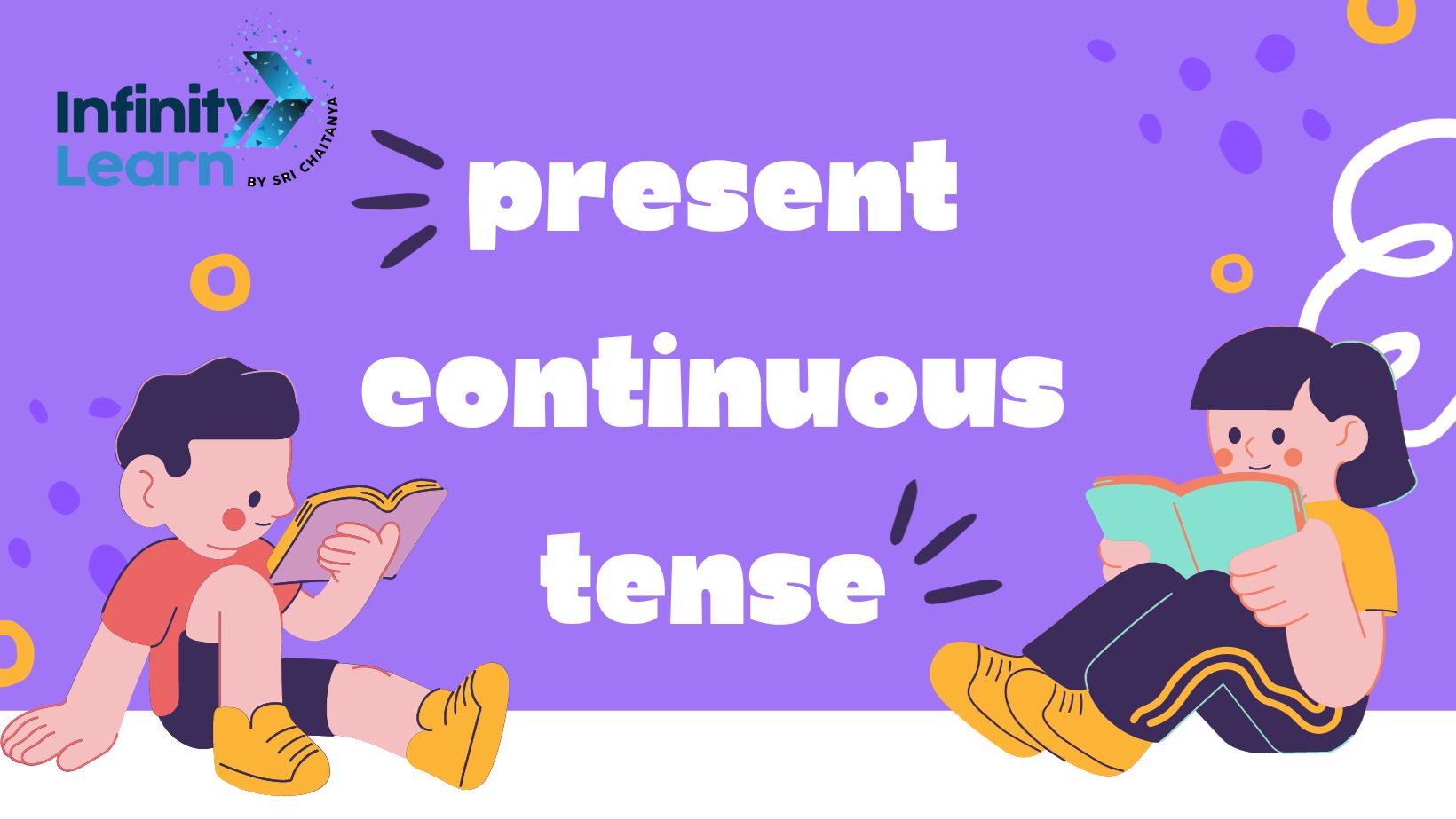Table of Contents
The present continuous tense is a way to talk about things happening right now or things planned for the future. That’s how the Macmillan Dictionary describes it.
The present continuous tense shows actions happening right now. It’s like saying what’s going on at this moment. Some call it the present progressive tense because it talks about actions progressing in the present. Let’s see how different dictionaries explain this tense.
Definition of the Present Continuous Tense
The present continuous tense, according to the Cambridge Dictionary, is the way we describe actions or events that are happening right now or are currently developing. Meanwhile, the Collins Dictionary defines it as a form of the verb that uses words like “is” or “are” with a verb ending in “-ing.” This form is used to show that something is happening at the moment, is ongoing, temporary, or even about the future.

Structure of the Present Continuous Tense
To learn the present continuous tense, you follow a simple formula:
Subject + am/is/are + verb+ing + the rest of the sentence
But there’s more to it! You should know how to structure sentences using this tense when they are positive, negative, in questions, and negative questions.
Take a look at the table below to understand how to build sentences in the present continuous tense more clearly.
| Positive | Negative | Interrogative | Negative Interrogative |
| Subject + am/is/are + present participle (verb+ing) + the rest of the sentence | Subject + am/is/are + not + present participle (verb+ing) + the rest of the sentence | Am/is/are + subject + present participle (verb+ing) + the rest of the sentence | Isn’t/aren’t + subject + present participle (verb+ing) + the rest of the sentence
(Or) Am/is/are + subject + not + present participle (verb+ing) + the rest of the sentence |
Examples:
|
Examples:
|
Examples:
|
Examples:
|
Some Rules When Using the Present Continuous Tense
- When you’re using the present continuous tense, follow this structure:
- Start with the subject for positive or negative sentences, and with the helping verb for questions.
- A sentence in this tense has a helping verb (‘am’ for ‘I’, ‘is’ for singular, ‘are’ for plural) and a main verb.
- Remember, ‘am’ doesn’t go with negative questions. Instead of ‘amn’t,’ use ‘aren’t.’
For example:
Am n’t I reading a newspaper? Nope.
Aren’t I reading a newspaper? Yes.
Oh, and avoid using the present continuous with stative verbs.
How to Use Present Continuous Tense?
Similar to the Simple Present Tense, the present continuous tense is used to discuss actions happening right now. The key difference is that it shows an action ongoing or progressing at this very moment.
Here are some points that explain when we use the present continuous tense in more detail.
This is used to show something happening right now.
For example:
- My son is doing his science project.
- Santana is singing ‘Don’t Rain on my Parade.’
- It’s also used for something happening in the future.
For example:
- What will you do tomorrow?
- Rachel is moving to Paris next month.
- And it shows an ongoing action at the moment of speaking.
For example:
- Is she still working at the National Institute of Medical Sciences?
- I’m learning guitar now to play at your wedding.
Examples of Present Continuous Tense
Reviewing numerous examples can truly elevate your expertise in a specific subject or topic. Let’s delve into it! Here, you’ll find sentences exemplifying the present continuous tense.
10 Sentences Using the Present Continuous Tense
- My mother is preparing our evening meal.
- The musical group is performing well-known songs.
- Tomorrow, Monica and Rachel are embarking on a journey.
- Swati isn’t rehearsing for the last audition.
- I’m experimenting with something different.
- They won’t be going to Paris next week.
- Will you be watching a movie tonight?
- Is your phone functioning correctly at the moment?
- The kids really enjoy the new park.
- Kiran has the lead role in the play.
Present Continuous Tense FAQs
What is present continuous tense and example?
The present continuous tense shows actions happening now. For example, I am reading.
What is the present continuous grammar?
It's formed with am/is/are + verb + -ing. Like: She is singing.
How do you say present continuous tense?
You express ongoing actions using am, is, or are with the verb + -ing, like They are playing.
What is the formula of present continuous?
The formula is subject + am/is/are + verb + -ing, such as I am writing.
What is the basic rule of present continuous tense?
Use am/is/are with the verb + -ing for actions happening now, like He is running.









